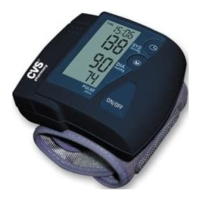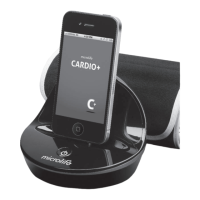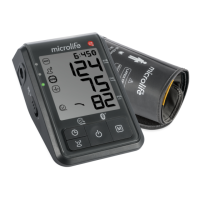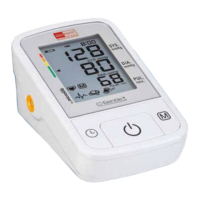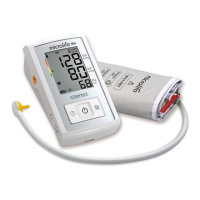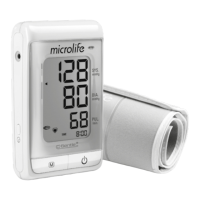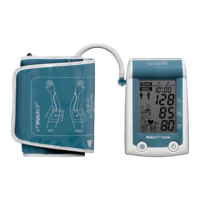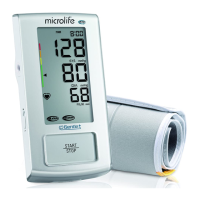Why does my Microlife CVS 271249 give different readings every time?
- CChristopher RosarioAug 1, 2025
If your Microlife Blood Pressure Monitor is giving you different readings each time, even though it seems to be working correctly, remember that blood pressure naturally varies slightly from minute to minute. Minor variations are normal and not a cause for concern.
